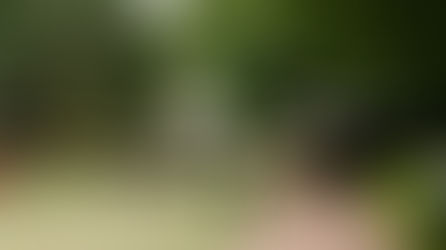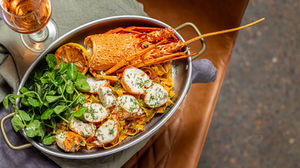The Bubbly Phenomenon!
- Quentin Von Essen
- Dec 15, 2023
- 3 min read

In the vast universe of wines, one category stands out for its effervescence and celebratory spirit – sparkling wine. With its distinctive bubbles and lively character, sparkling wine has become synonymous with joyous occasions, from weddings, anniversaries and Christmas dinners to New Year’s Eve celebrations.
Of all the wine styles, sparkling wine perhaps intrigues the most. The pop of a cork, the splash of foam, the bead of fine bubbles – nothing says celebration like a bottle of sparkling wine. It is the ultimate party starter, and driven by changing consumer attitudes, tastes and affordability, wine consumers are reaching for this ''bubbly wine'' like never before.
Since the late 1600s, Champagne or sparkling wine has been one of the most prestigious wine styles in the world, and as we roll into the festive season, you can be sure that we will soon all be hearing the joyful ''popping'' of corks as bottles of sparkling wine are opened to welcome in the new year.
But not all sparkling wines are Champagne, and not all sparkling wines are made the same way.
Champagne is a regionally protected name and can only be produced in the Champagne region of France. It can also only be produced in one way, and that is in a bottle using natural fermentation known as the Traditional Method (or Méthode Traditionnelle) and using only three grape varieties - Chardonnay, Pinot Noir, and Pinot Meunier.
Sparkling wines produced in other regions of France as well as other countries around the world are often referred to by their local name or region, such as Espumante from Portugal, Cava from Spain, or Asti from Italy (the generic Italian term for sparkling wine being Spumante) to name only a few.
Simply put, sparkling wine is a type of wine with a high amount of carbon dioxide, which makes it bubby. The carbon dioxide may result from natural fermentation – either in the bottle, as with the Traditional Method, in a large tank designed to withstand the pressures involved – as in the Charmat process, or because of carbon dioxide injection. The sweetness of sparkling wine can range from very dry “brut” styles to sweeter “doux” varieties.
In Australia, most sparkling wine is produced from Chardonnay and Pinot Noir, but an Australian speciality is Sparkling Shiraz - a sparkling red wine made from Shiraz grapes. Young examples are usually refreshing, rich, fruity and juicy with a touch of sweetness. Older examples are typically rich and lush in style, and some high-quality bottles are suitable for cellaring and aging.
Most Australian sparkling wine producers will make a non-vintage wine each year that is blended across vintages to produce a consistent product. In favourable years a vintage wine may be produced. These wines tend to be more expensive and refined, offering a good expression of the region, variety, year and style. In the Hunter Valley, you may often see a Blanc de Blanc style produced entirely from Chardonnay or a Blanc de Noir style made entirely from Pinot Noir. The use of Semillon in sparkling wine is also becoming popular in the Hunter.
Although excellent on its own, when it comes to food, sparkling wines can be enjoyed with just about any meal. An ideal match for sparkling white and sparkling Rosé wines are canapes and entrées like fresh oysters, scallops, sushi and mains featuring salmon, duck, mushrooms, and cheeses. Sparkling reds are ideal with classic roasts, clove-studded ham, roast turkey, barbequed ribs, Chinese roast duck and chocolate desserts.
Whether you prefer the classic Champagne-style qualities of an Australian sparkling white, the vibrant deliciousness of sparkling Rosé or the indulgent opulence of Australian sparkling reds, there's a sparkling style to suit your taste. So, raise your glass and say 'Cheers!' to the vast and adventurous world of sparkling wine.











































































































